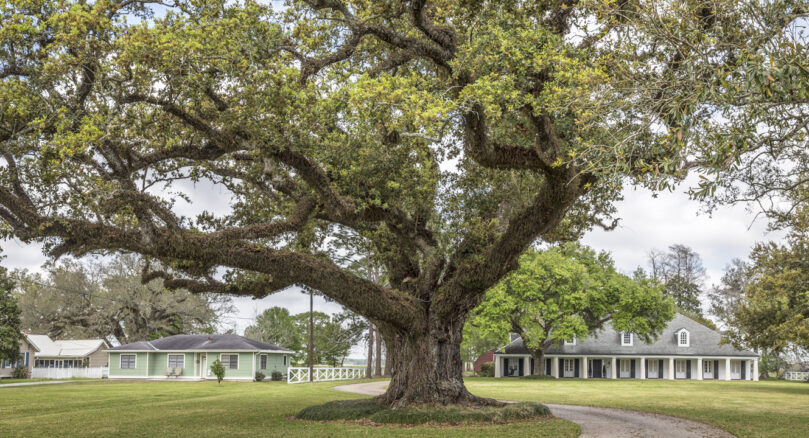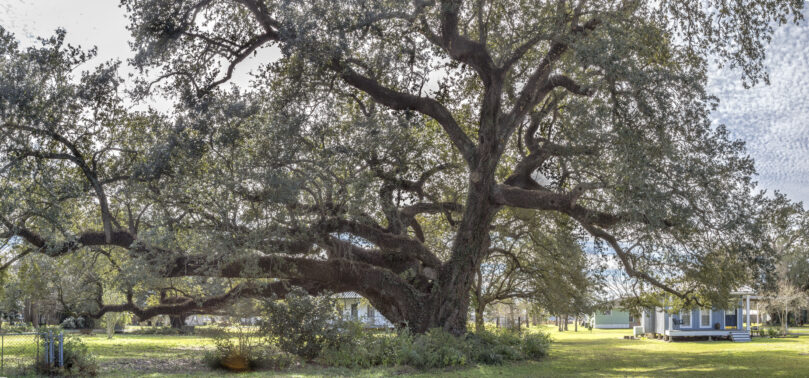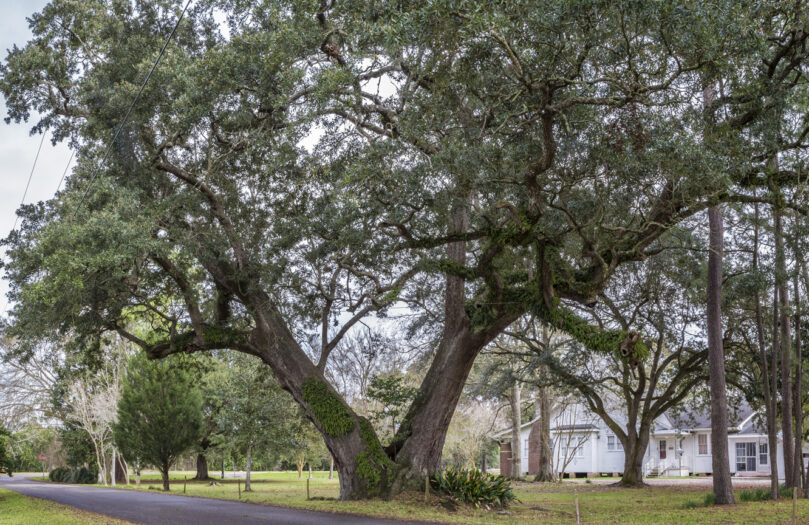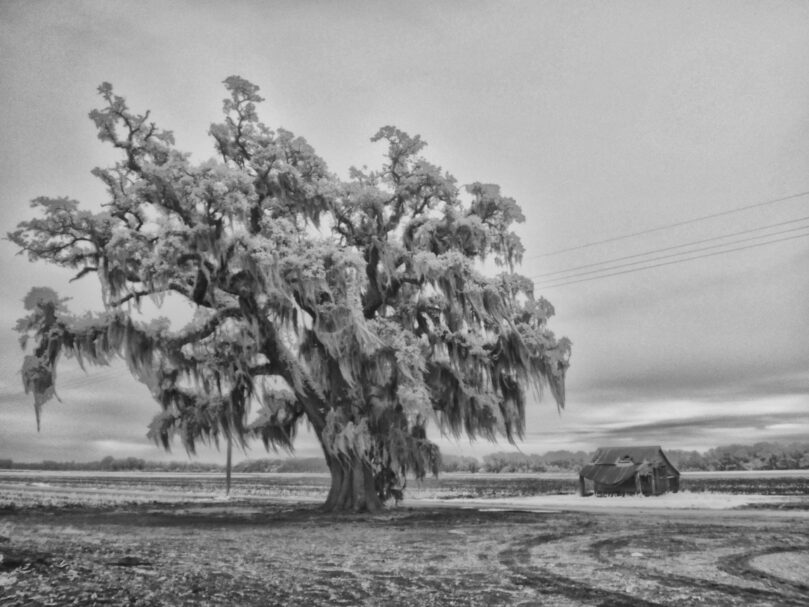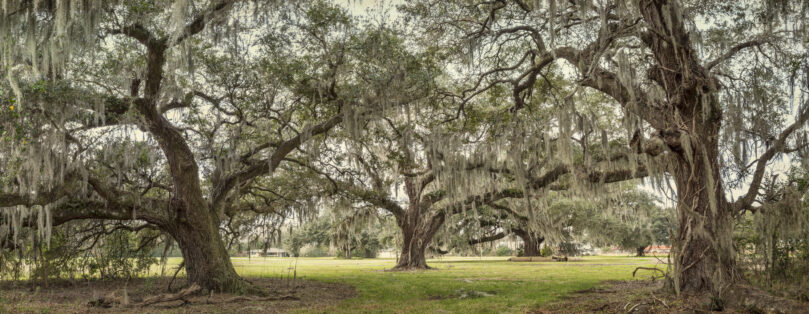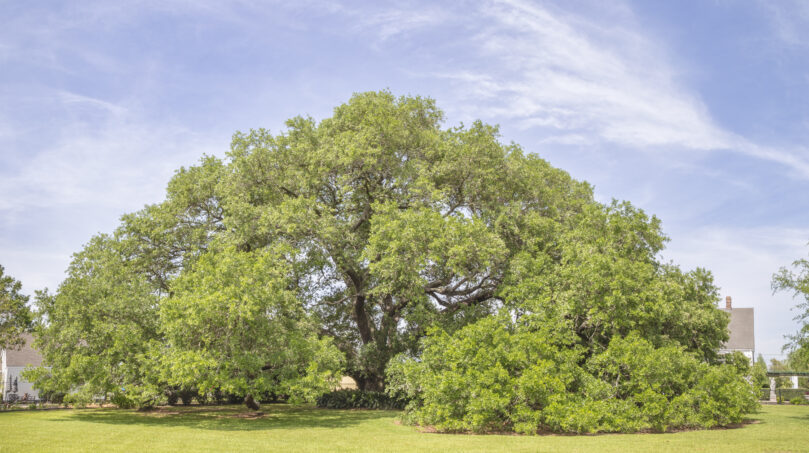
The Bouverans Oak
(The Bouverans Plantation Oak is located on the west bank of Bayou Lafourche on Highway 1 about 1.5 miles south of Lockport. In Lockport, Highway 1 turns away from the bayou, makes a large loop around the town, and then rejoins the bayou near the southern city limits of Lockport.) The Bouverans Oak is registered with…


